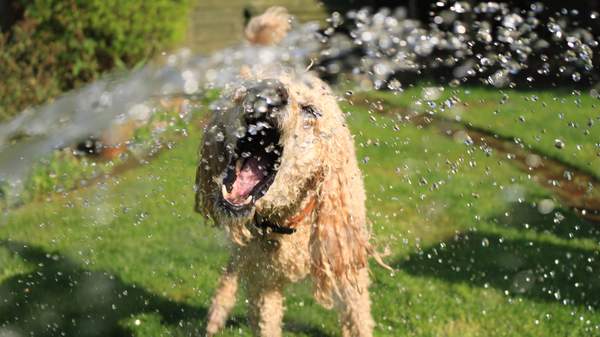Overview
After more than two years of severe drought — including Australia's driest year on record — the recent thunderstorms have added much needed liquid to our dams. February's heavy rainfall has seen Greater Sydney's water supply levels increase to 81.5 percent up from 41.7 percent on February 6.
As a result, Sydney Water has this week announced the current level two water restrictions will likely drop back to level one on March 1. The NSW Government introduced level one water restrictions in June, before increasing those restrictions to level two in December due to a "rapid rate of decline" in dam levels throughout 2019.
The last time level two water restrictions were enforced in Sydney was in 2004 (with restrictions lasting till 2009) during the Millennium Drought. At one point during the 2000s drought, Sydney's total water supply dropped to a historic low of 33.9 percent.
So what does this mean for Sydneysiders day-to-day? At the level one restriction level, you'll once again be able to use a hose to water your garden before 10am or after 4pm, just make sure you use a trigger nozzle. You'll also be able to use that same trigger nozzle hose to clean your car or garbage bins. Sprinklers, leaving a hose unattended and using a hose to clean pathways, driveways or other paved areas (unless it's an emergency) are still off limits. But, remember, level two restrictions are still in place at the moment.
Here's the full list of what you can and can't do. Fines for not following restrictions (including current restrictions) range from $220–550.
While Sydney sees an easing of conditions, some areas in regional NSW are still experiencing the worst of the drought. One of these is Orange, where level five water restrictions have been in place since October. For Orange residents, this means showering for a maximum of three minutes and watering gardens for one hour, once a week.
Level two water restrictions are still in place for Sydney, the Blue Mountains and the Illawarra, though are expected to be dropped to level one on March 1, 2020. To find out more about what you can and can't do, head to the Sydney Water website.
To stay up-to-date with the state's dam levels and the ongoing drought, keep an eye on WaterNSW website and Twitter.
